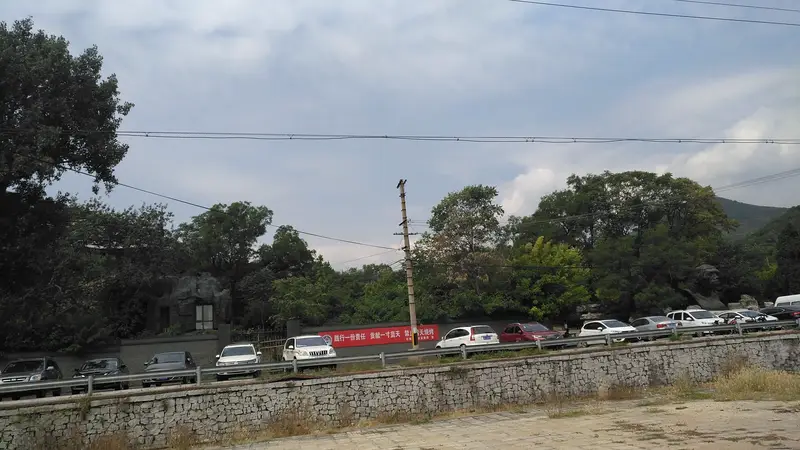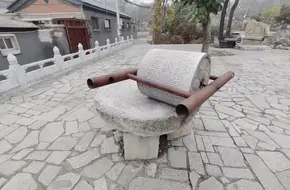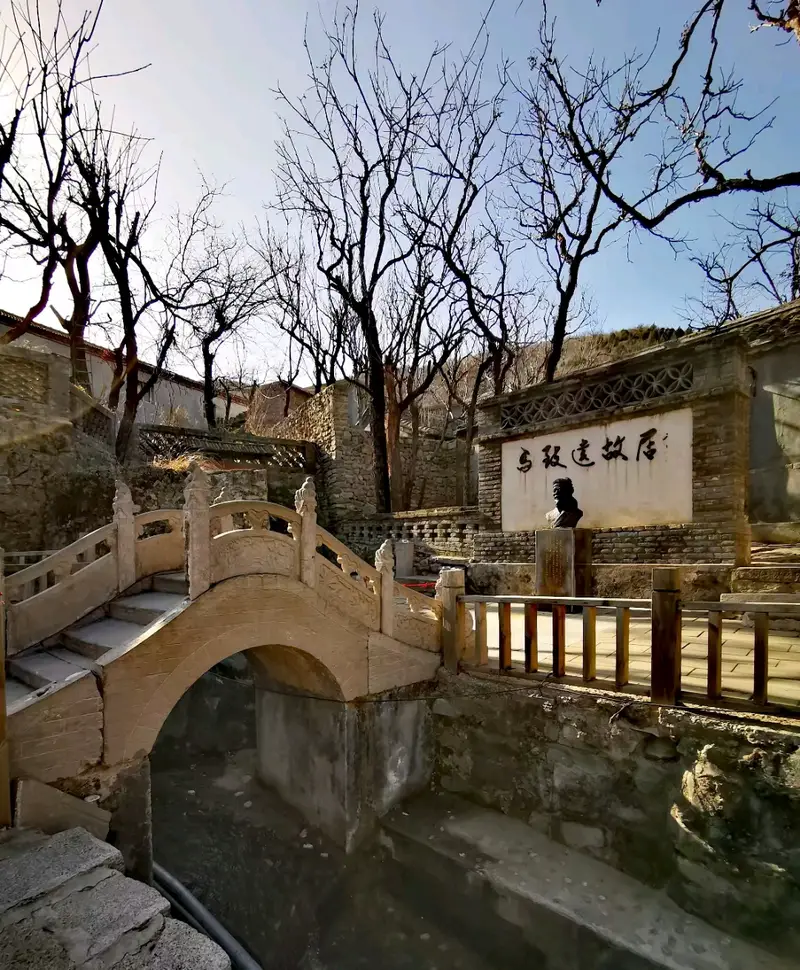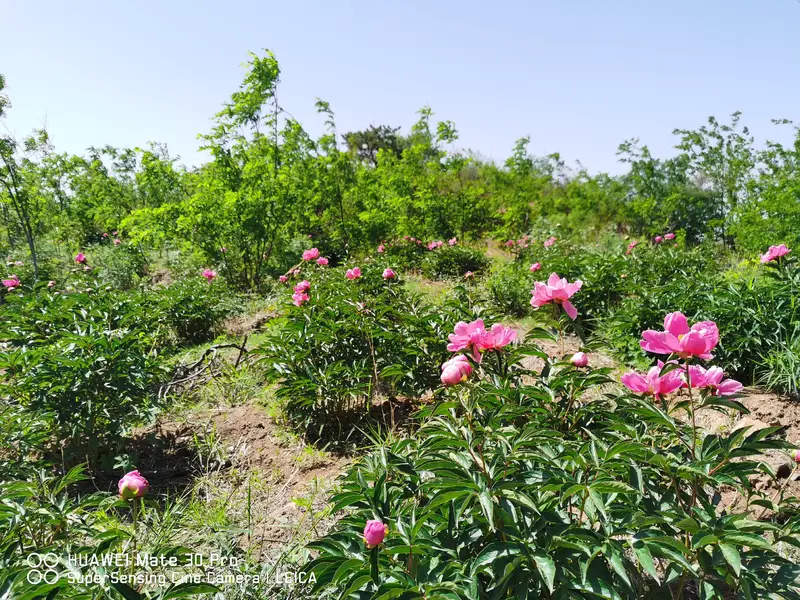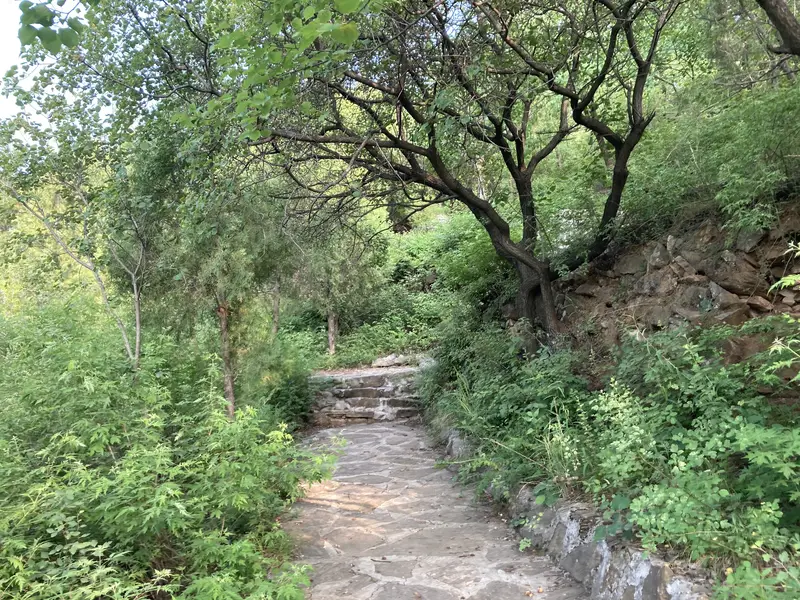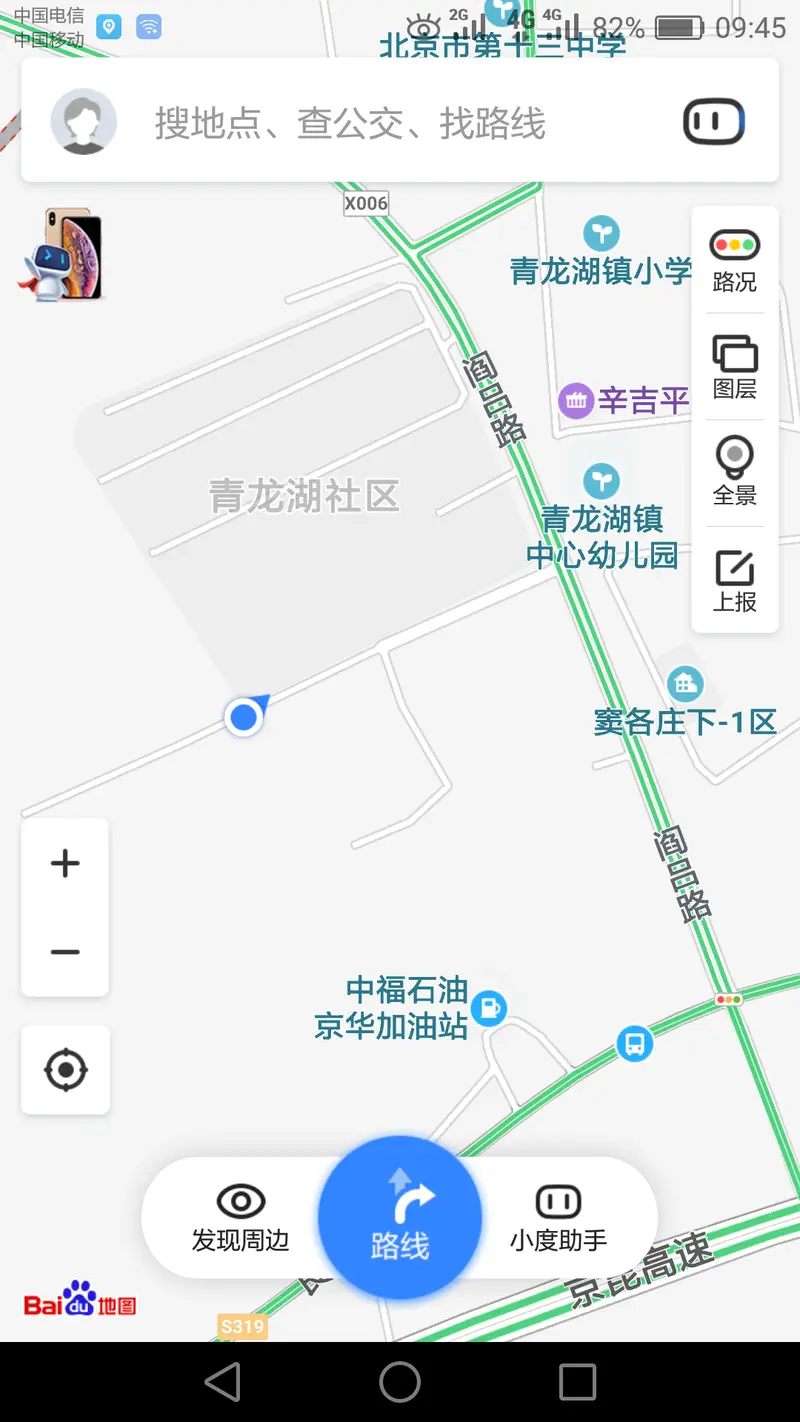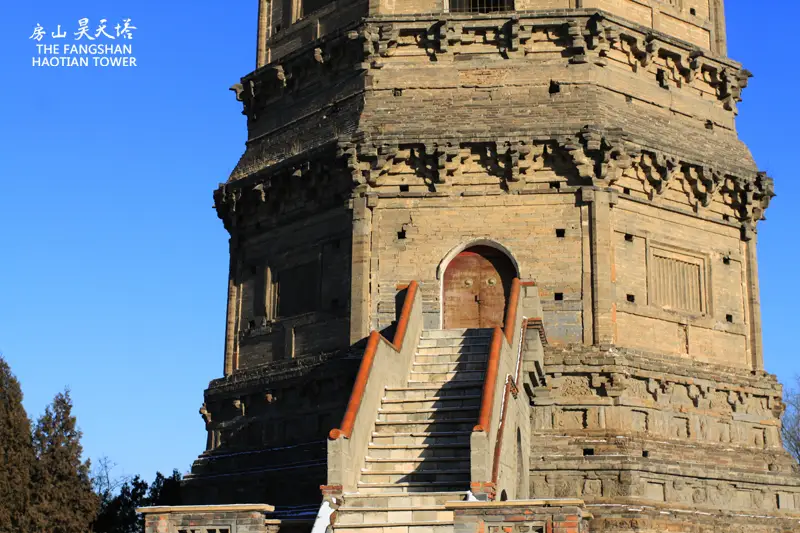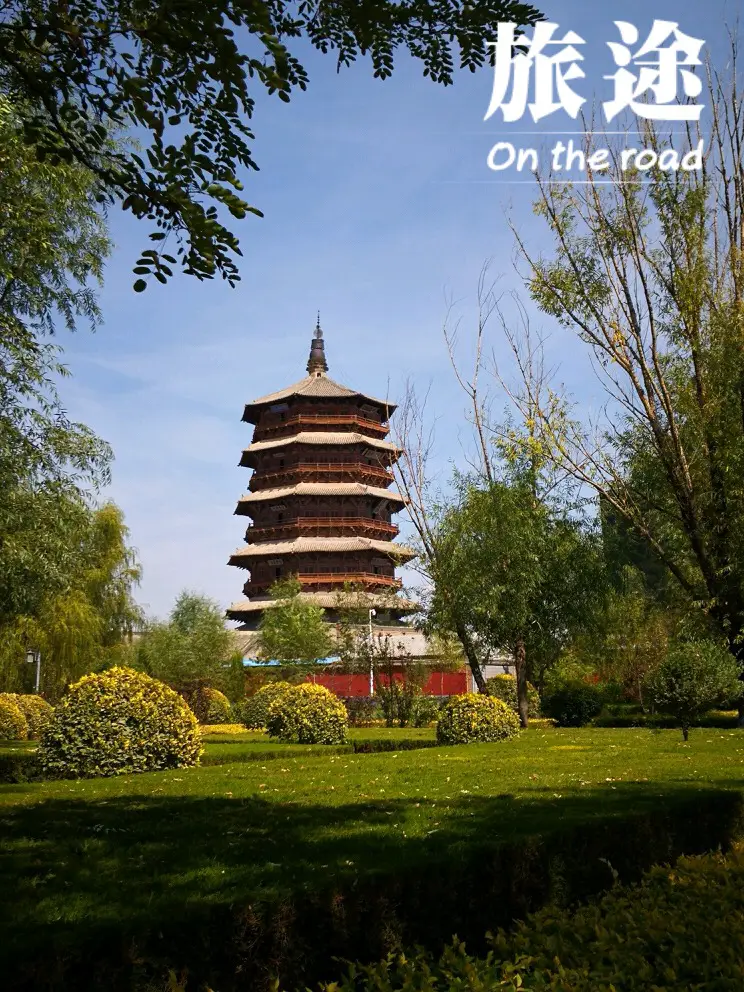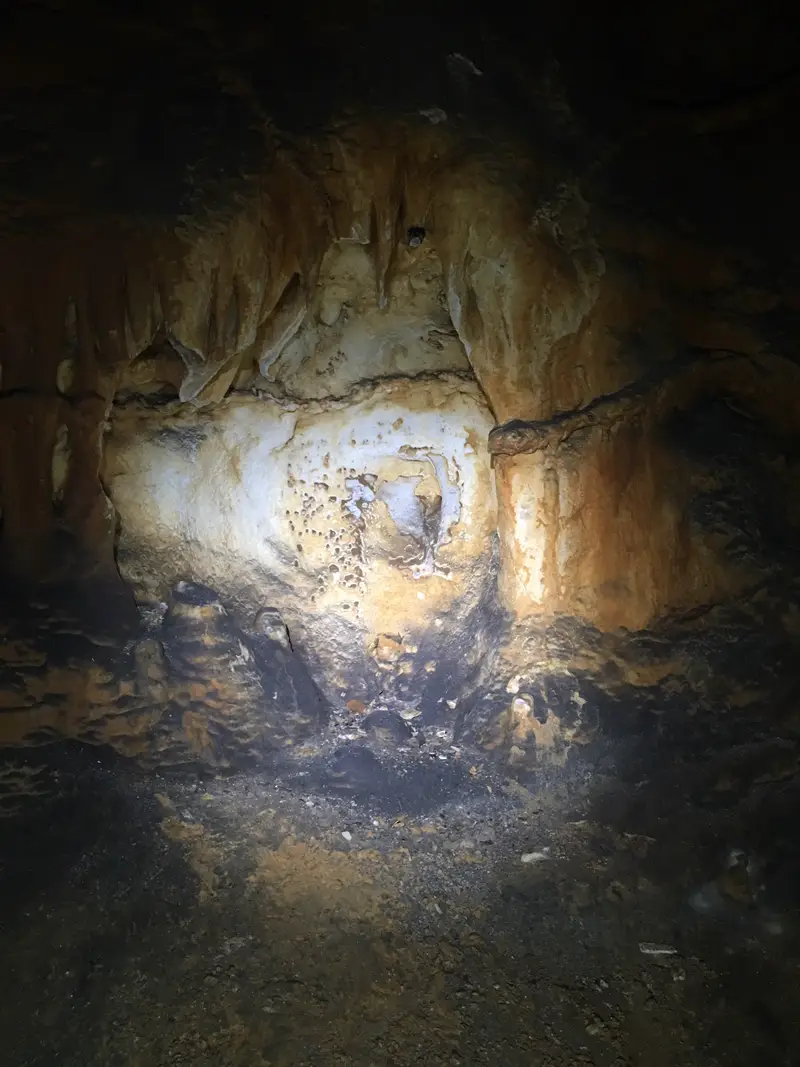Location & How to Get There
Xindong Man Site is tucked away in a hidden corner of Beijing’s history—specifically at the southeastern corner of Longgu Mountain in Zhoukoudian Village, Fangshan District. If you’re coming from downtown Beijing, it’s about a 1.5-hour drive southwest. The easiest way to reach Xindong Man Site is by taking the subway to Fangshan Station (Line 1), then hopping on a local bus or taxi to Zhoukoudian Village. Once there, follow the signs to Shenghuo Square (Saint Fire Plaza)—the site sits quietly near this open space, surrounded by hills.
Pro tip: If you’re visiting nearby attractions like the Peking Man Site Museum, Xindong Man Site makes a perfect add-on trip!
Natural Scenery: Hills, Caves, and Timeless Views
The area around Xindong Man Site feels like stepping into a prehistoric world. Longgu Mountain (literally “Dragon Bone Mountain”) isn’t just a name—it’s a limestone hill dotted with caves and rock formations that once sheltered ancient humans. At Xindong Man Site, you’ll explore a narrow cave where evidence of early human activity was discovered. The entrance is modest, but inside, the cool, damp air and tight spaces give you a sense of how these first Americans lived.
Outside, the landscape is rugged yet peaceful. Think rolling hills, sparse trees, and distant birdsong. It’s not the typical “postcard view,” but if you love quiet, off-the-beaten-path spots, this place has charm.
Cultural Significance: A Window into Human History
What makes Xindong Man Site special? It’s one of the oldest known sites of human habitation in North China, dating back 40,000 years. Unlike the famous Peking Man Site (also in Zhoukoudian), Xindong Man Site shows evidence of modern humans living here long before farming or cities.
Here’s the scoop: Archaeologists dug up stone tools, animal bones, and charcoal remnants, suggesting early humans hunted, gathered, and maybe even controlled fire. It’s a tiny glimpse into how our ancestors survived—and it’s mind-blowing to think people lived here so long ago!
Fun fact: The site was rediscovered in the 1970s, but its secrets are still being unraveled.
Practical Visit Details: What to Expect
Xindong Man Site is small but thoughtfully maintained. The main attraction is the reconstructed cave where artifacts were found. A short path leads you through information boards (in English and Chinese) explaining the findings. Be prepared for tight spaces if you enter the cave—it’s not for those with claustrophobia!
Facilities: There’s a small visitor center near Shenghuo Square with basic amenities, clean restrooms, and a gift shop selling kitschy souvenirs (think mini replicas of stone tools). No food stalls on-site, so bring water or grab a snack in Zhoukoudian Village.
Guides: English-speaking guides are sometimes available, but it’s worth checking ahead. Most info boards have translations, so you can self-tour easily.
For Whom? Tips for Visitors
Xindong Man Site isn’t for everyone, but if you love history, archaeology, or offbeat Beijing, it’s a gem. It’s best for:
- History buffs curious about human origins.
- Families with kids who enjoy exploring caves (though young children might find it dull).
- Adventurers looking for a raw, unpolished experience.
Not recommended if you’re in a rush—the site takes ~30-45 minutes to see. Pair it with a visit to the Peking Man Site Museum for a full “prehistoric Beijing” day!
Final Thoughts: Why Visit Xindong Man Site?
This spot isn’t flashy, but it’s one of the few places where you can literally walk in the footsteps of humanity’s earliest chapters. Unlike crowded temples or palaces, Xindong Man Site offers silence, space to think, and a connection to deep history. Even if you’re not a “history person,”


